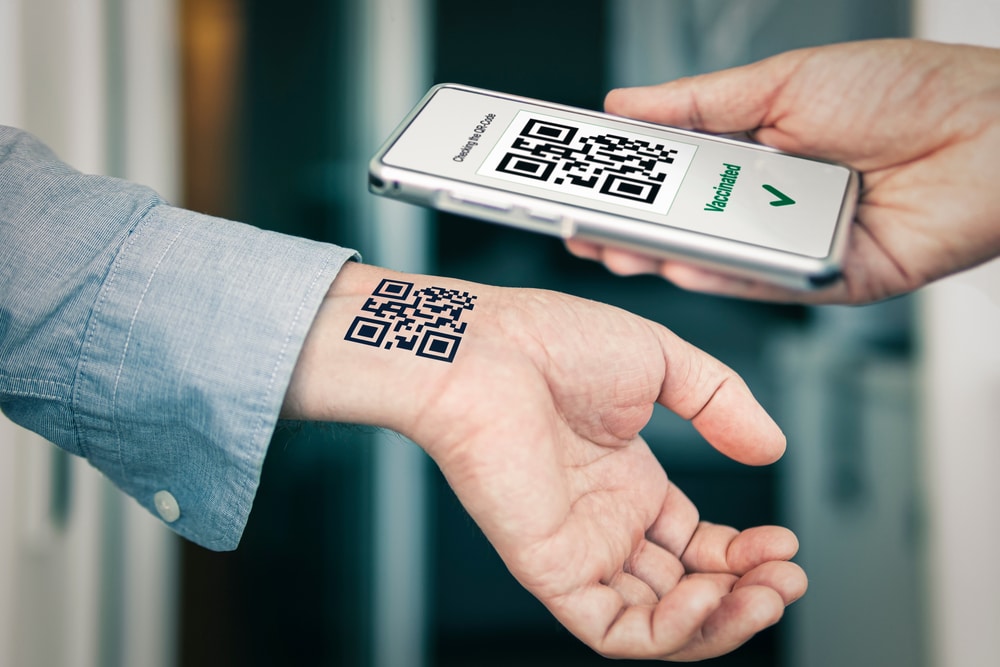Tattoos are considered to be among the oldest forms of art, dating back thousands of years and practiced by many cultures across human history. Now some researchers believe the next generation of tattoos will be about more than just markings – by helping keep tabs on our health.
Creating “smart tattoo” pigments that can be injected under the skin to monitor certain biomarkers in the human body requires a collaboration between “scientists, engineers and designers,” says Dr. Ali Yetisen, a researcher in the Department of Chemical Engineering at Imperial College London.
His concept replaces conventional tattoo ink with “functional materials,” Yetisen says, creating “tattoos that change their color in response to external stimuli,” such as a change in blood sugar levels for people with diabetes, monitoring kidney or liver functions, or warning athletes of dehydration.
Yetisen began his work as a postdoctoral research scientist at Harvard Medical School. Along with fellow Harvard and MIT researchers, he debuted a proof of concept called Dermal Abyss in 2017. Four biosensors changed color in response to “three pieces of biochemical information in body fluid,” including glucose and pH levels, according to MIT.
“We hope that these innovative technologies will be a general platform in order to utilize diagnostic technologies,” Yetisen says, including a “wide range of implantable and injectable sensors that can report and display the human condition in real time.”
While the work of Yetisen and his team focuses on the body from the inside out, a research lab run by Dr. Carson Bruns is working on smart tattoos to help monitor external factors such as radiation or UV light exposure, a leading cause of skin cancer – “by far the most common type of cancer,” according to the American Cancer Society.
Bruns, an assistant professor of mechanical engineering at the University of Colorado Boulder, says he got his first tattoo at age 19, sparking a love of the art that has carried over into his research.
In 2020, he was part of a team that published a paper on a small, light-sensitive tattoo dubbed the “solar freckle” – a “little dot powered by sunshine,” as Bruns describes it.
The otherwise invisible tattoo would reveal itself when exposed to UV light, like when a person has been in the sun for too long, and disappear when more sunscreen has been applied or after leaving the sunlight.
Convinced of the safety even before running wider tests (there are no FDA-approved tattoo inks in the US, Bruns says, and his team is using “non-toxic, medical-grade materials that have a long history of biomedical use” for the smart inks), Bruns gave himself several solar freckle tattoos, which lasted roughly six to eight months before fading, he says.










